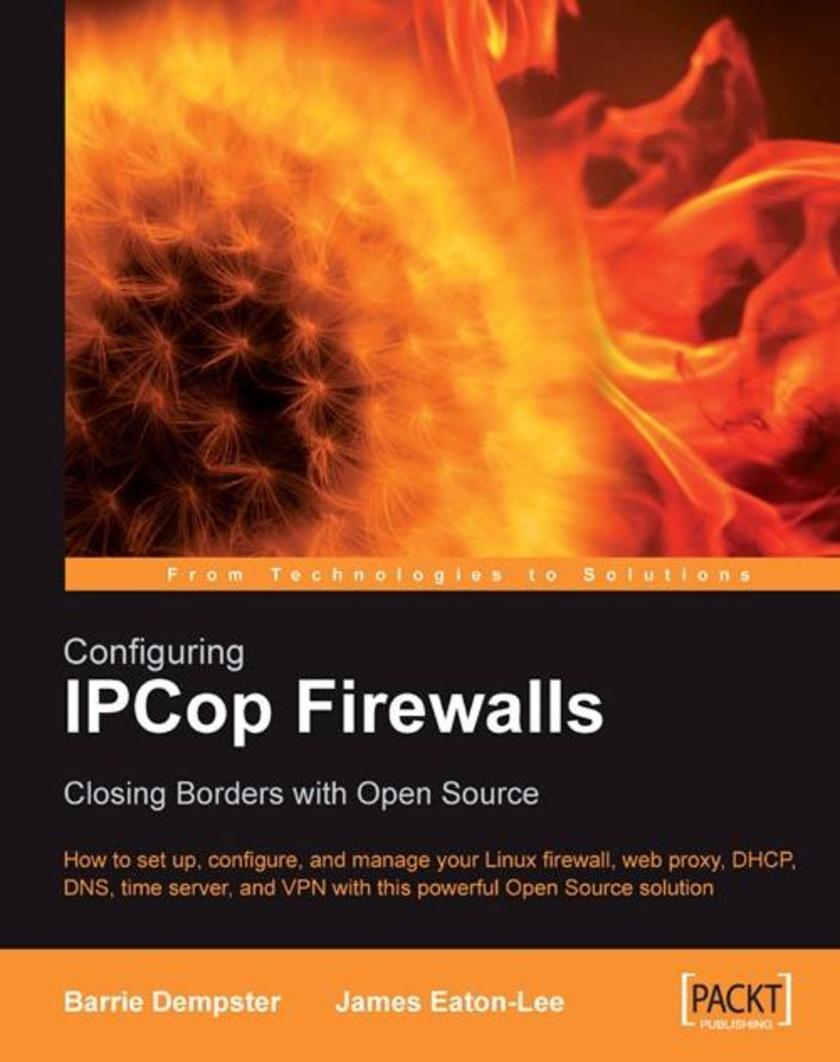
Configuring IPCop Firewalls: Closing Borders with Open Source
¥71.93
Anyone interested in securing their networks with IPCop ” from those new to networking and firewalls, to networking and IT Professionals with previous experience of IPCop. No knowledge of Linux or IPCop is required.
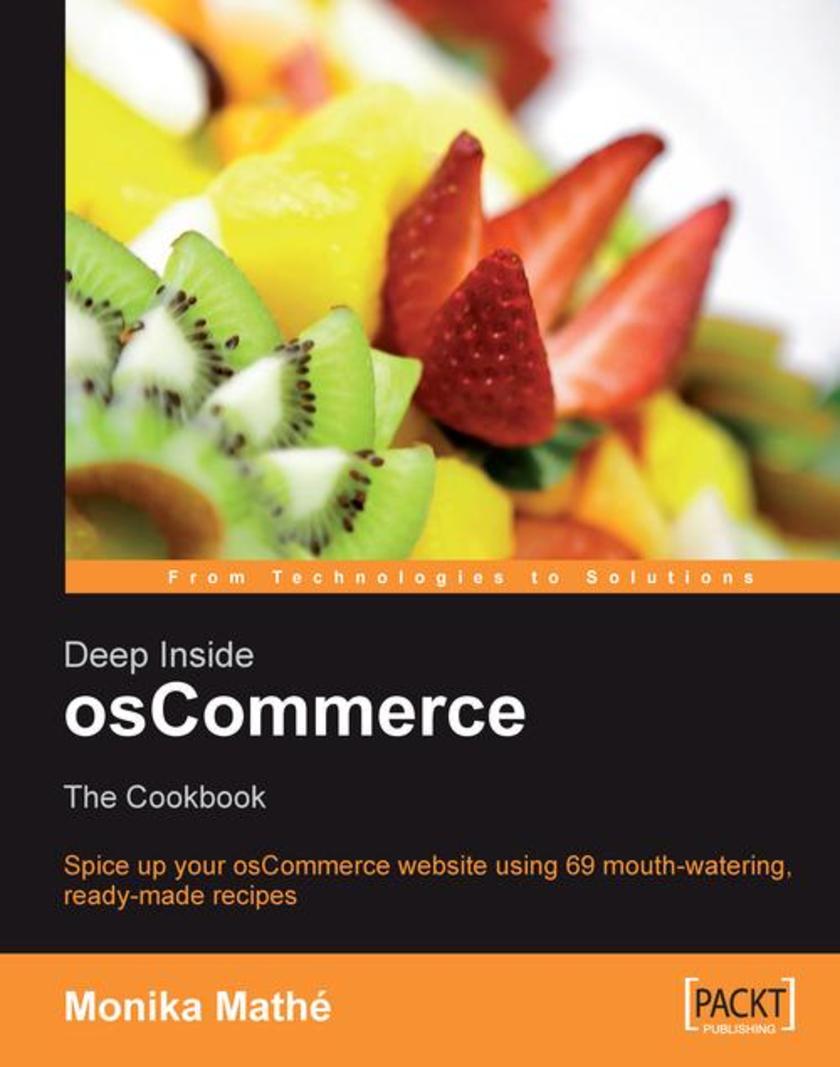
Deep Inside osCommerce: The Cookbook
¥90.46
This book is aimed at people with existing online stores, built using osCommerce. The book follows a systematic approach whereby users can modify and extend features on their already existing osCommerce site. Each chapter deals with a different aspect , and provides ready-made recipes for modifying code to your requirements. The author starts by explaining basic changes one can make to the design of your store, and then covers features like navigation, images, shipping and payment modules, and even explains how to make changes on the administrator?s side and keeping your own recipes private. This book is for people who are already familiar with osCommerce. It presumes a working knowledge of PHP and HTML, as well as basic understanding of phpMyAdmin for database inserts.
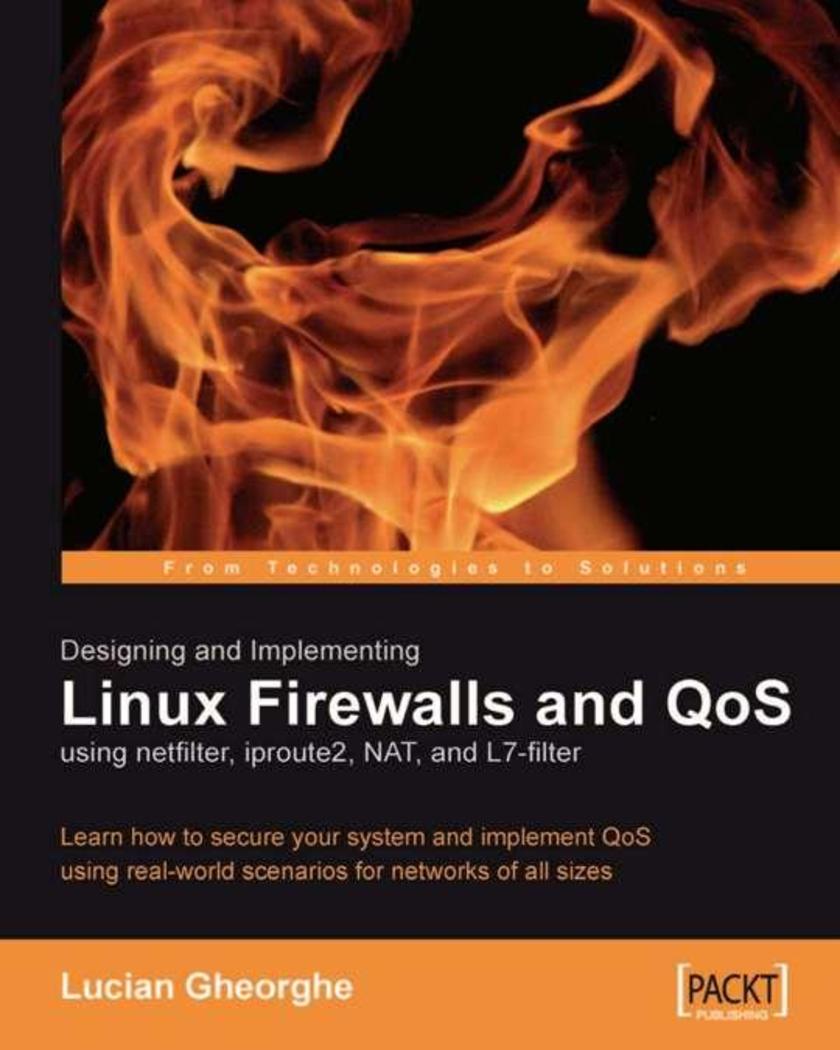
Designing and Implementing Linux Firewalls and QoS using netfilter…
¥71.93
The author draws on his experience to offer the reader valuable advice on the best practices. Providing only necessary theoretical background, the book takes a practical approach, presenting case studies and plenty of illustrative examples. This book is aimed at Linux Network administrators with some understanding of Linux security threats and issues, or any one interested in securing their systems behind a firewall. Basic knowledge of Linux is presumed but other than that this book shows you how to do the rest, from configuring your system to dealing with security breaches.
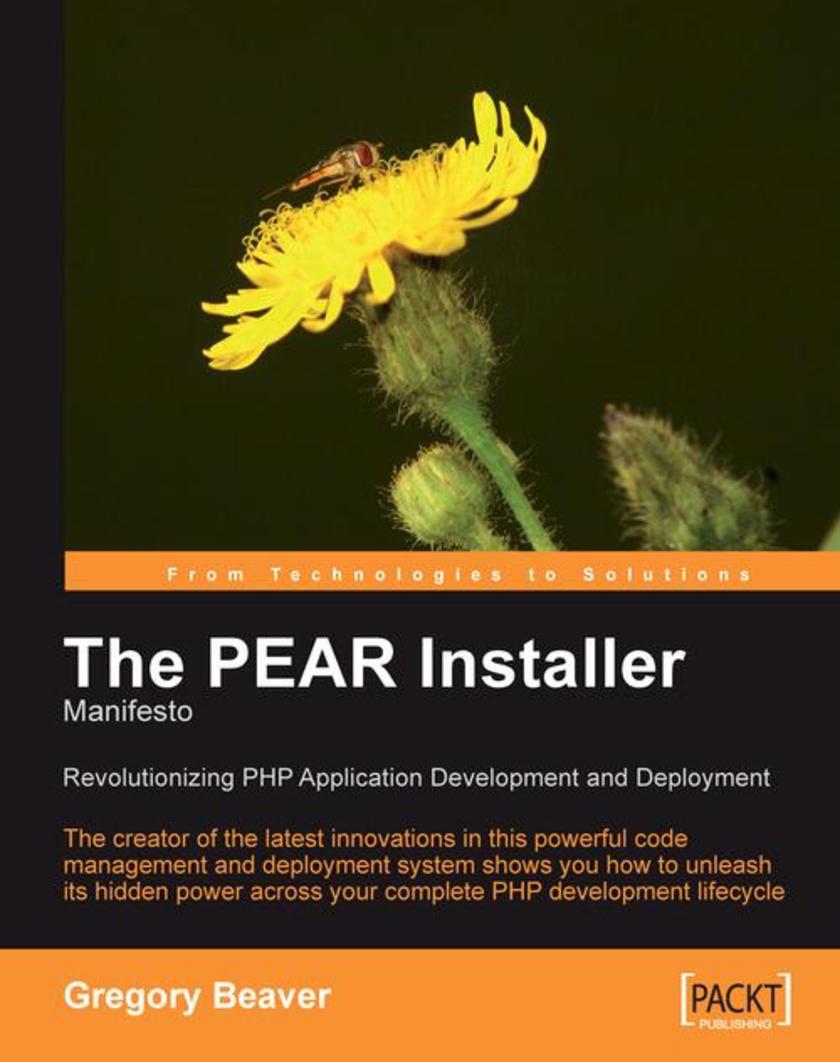
The PEAR Installer Manifesto
¥80.65
This book is a comprehensive and well structured tutorial on using PEAR Installer, but it is also much more than that. As the creator of the latest versions of the PEAR Installer (1.4.0+) , the author is passionate about the benefits of a well managed development and deployment process. The book shows how the PEAR Installer works in detail, and then takes you through a comprehensive tour of how you can apply it all stages of the development lifecycle, with practical examples and advice throughout. It will build your technical skills and understanding, and also widen your perspective on managing an effective development process. The book is not just for PHP developers who want to understand how the PEAR Installer works, and what it can do for them, but more generally for PHP developers seeking a better way to deploy their applications and manage updates. It does assume that you have a good working knowledge of PHP development, and are dealing with projects of a sufficient scale and complexity to warrant an investment in a structure process.
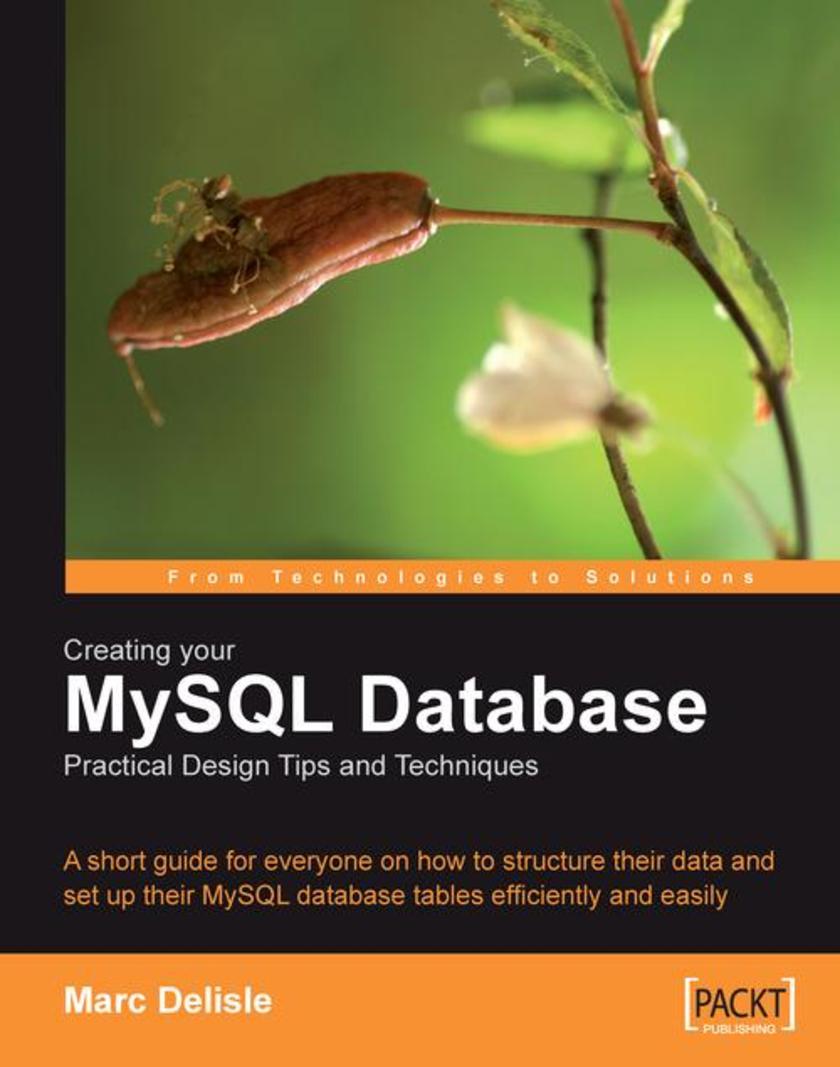
Creating your MySQL Database: Practical Design Tips and Techniques
¥35.96
This book takes a practical approach, implementing all theoretical concepts with examples. It is a fast-paced tutorial that focuses on critical decisions that you need to make every time you build MySQL databases. It is rich with tips and advice from an experienced practitioner. Anyone working with applications that use a MySQL database backend will benefit greatly from the advice and techniques in this book. Although a working knowledge of both SQL and MySQL is assumed, the book is suitable for both beginners and intermediate users alike. Whether you read it through and absorb the advice or work through it on a live project, the efficiency and maintainability of your databases will certainly improve as a result.

Building Websites with e107
¥71.93
This book is hands-on. As you work through the small business/e-commerce enabled example web site, you will learn how to install, upgrade, configure, and use the various basic features of the e107 Content Management System. The book contains a number of screen shots to reinforce that each step that you perform is correct. This book is primarily for entrepreneurs, small office/home office, small businesses and non-profit agencies who would like to have interactive, business and/or e-commerce web sites at a low cost without sacrificing power or usability. No knowledge of PHP programming, Apache, or MySQL is required.
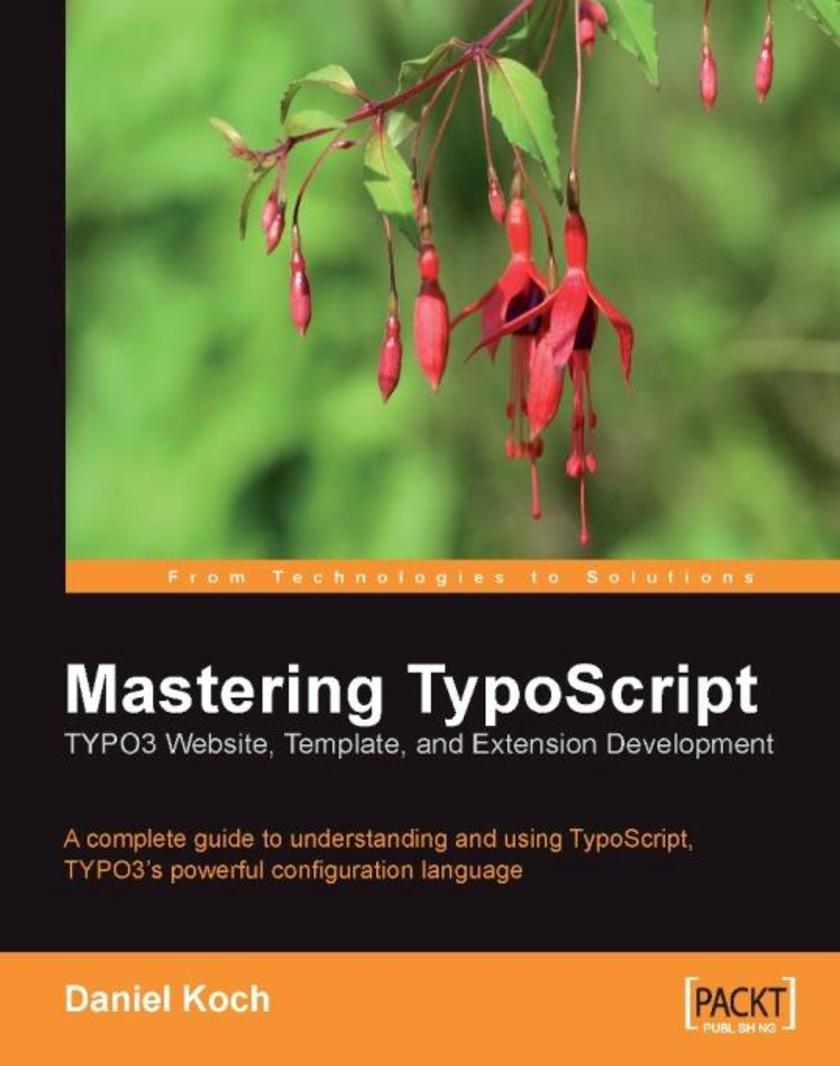
Mastering TypoScript: TYPO3 Website, Template, and Extension Development
¥107.90
Written in a clear, easy-to-read style, the book provides step-by-step instructions on using TypoScript for TYPO3 website development, template and extension development, and back-end and front-end administration. Each topic is tackled in a clear and practical way with many examples to develop your skills. This book is suitable for TYPO3 developers, administrators, and designers who want to develop fully featured TYPO3 websites using the power of TypoScript. A basic knowledge of TYPO3 is expected, and PHP and MySQL programming experience is useful, though not essential for using this book.
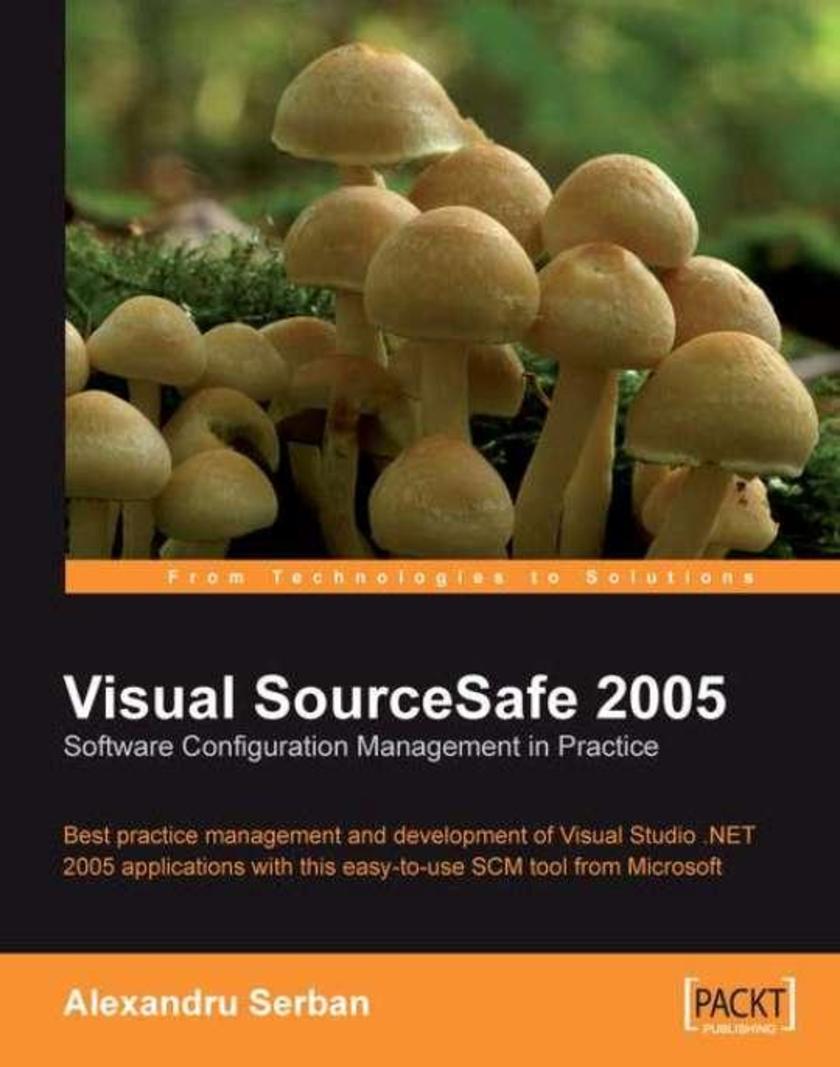
Visual SourceSafe 2005 Software Configuration Management in Practice
¥90.46
After introducing the fundamental principles of SCM and the benefits of using SCM to manage the software development lifecycle this book uses a real-world case-study project to build a Service-Oriented Application named Orbital Hotel. You will learn the team cooperation features in Visual SourceSafe with the help of John and Mary, two fictional team members assigned to implement various project components. You can visit Orbital Hotel online and you can download its source code. The appendices deal with SourceSafe administration tasks: database creation and management, how to secure the database and how to assign users and user rights, how to manage projects and project settings, and how to customize SourceSafe to best suit your development style. This book is for .NET developers, testers and configuration managers who: Use Visual Studio .NET 2005 for building software Want to use software configuration to manage their products in day-to-day activities Want to improve their efficiency by learning to use the best practices with SourceSafe Want to install, manage, and configure Visual SourceSafe 2005 for optimal operation. The book does not assume previous knowledge of Software Configuration Management or Visual SourceSafe. It takes the reader from the ground up and is a great resource for people starting to learn about this subject. Readers with previous SourceSafe experience will benefit by discovering the improved and new features in Visual SourceSafe 2005.
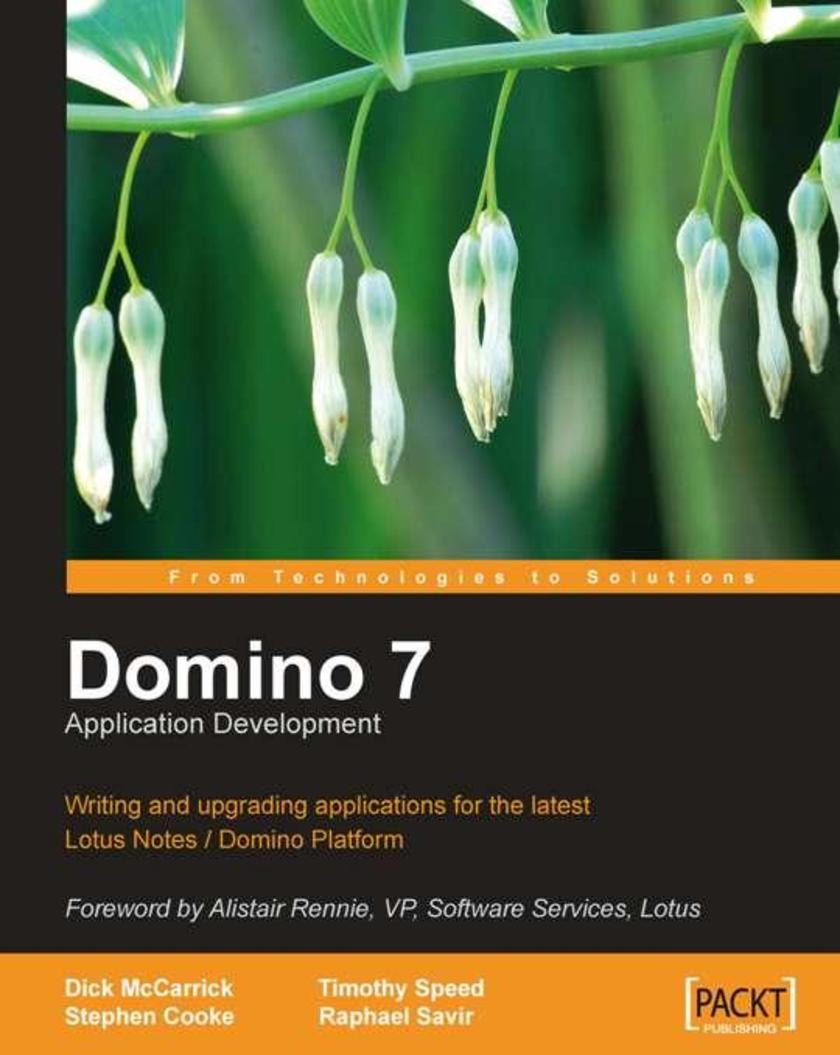
Domino 7 Lotus Notes Application Development
¥107.90
Established Notes/Domino industry experts teach you how to harness the powerful new features available in Lotus Notes/Domino version 7 to develop robust business applications. Developers who work with Lotus technologies, and need to get to grips with the new developer features provided in version 7.
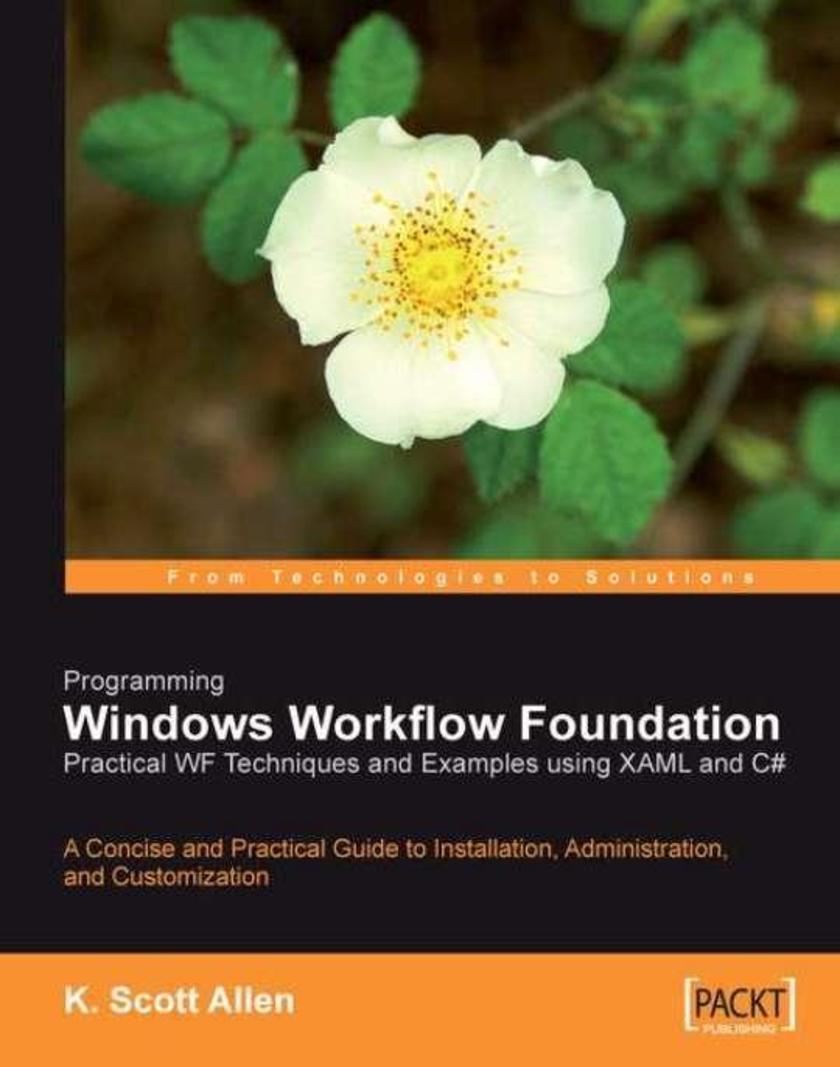
Programming Windows Workflow Foundation
¥80.65
Fast-paced and to-the-point, this book takes you through the important topics of Windows WF development with clear explanations and practical example code. The book's selection of topics is driven by what the working developer needs to know. It is neither a comprehensive reference to the whole WF architecture, nor a strategy guide to the complete application development lifecycle. It's just what you as a C# developer need to know to use WF in your applications. This book is for .NET developers who want to enhance their applications with flexible workflow capabilities using Microsoft Windows Workflow Foundation. The author assumes that you have read other texts on the overall architecture of WF and on WF application design strategies, and instead focuses on real-work implementation issues for C# developers.
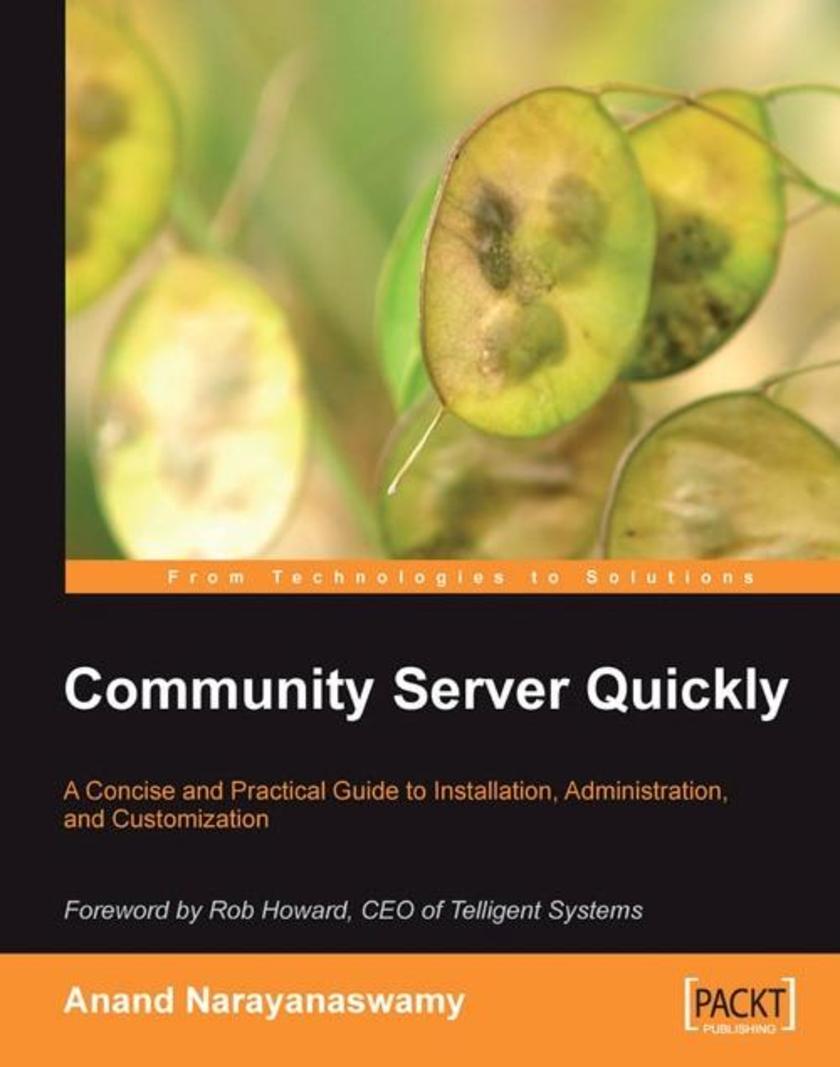
Community Server Quickly
¥71.93
With this book in hand, you will be able to set up and manage a Community Server solution. You will learn how to create blogs, forums, photo galleries, and file galleries, and use tools such as the built-in RSS reader and RSS roller in a step-by-step manner. This book will provide your with a clear and concise overview of Community Server and will impart the knowledge necessary to enable you to run and manage a Community Server solution. This book is aimed at the Community Server administrator with a base level of technical competence and confidence, but no prior sysadmin or developer experience or knowledge. No knowledge of ASP.NET programming is required for using this book. What is essential is your own passion for your target community and your desire to provide the best platform possible to that audience.

Learning Mambo: A Step-by-Step Tutorial to Building Your Website
¥80.65
Written in a clear, easy-to-read style, the book provides a tutorial for setting up a Mambo website. Each topic is tackled in a practical way with many examples and tasks to develop your skills. A realistic example website is developed incrementally through the book, showing each step in detail. This book is suitable for web developers, designers, webmasters, content editors, and marketing professionals who want develop a fully featured web presence in a simple and straightforward process. No prior knowledge of Mambo is expected, and it does not require any detailed knowledge of programming or web development. Any IT-confident individual will be able to use the book to produce an impressive website.
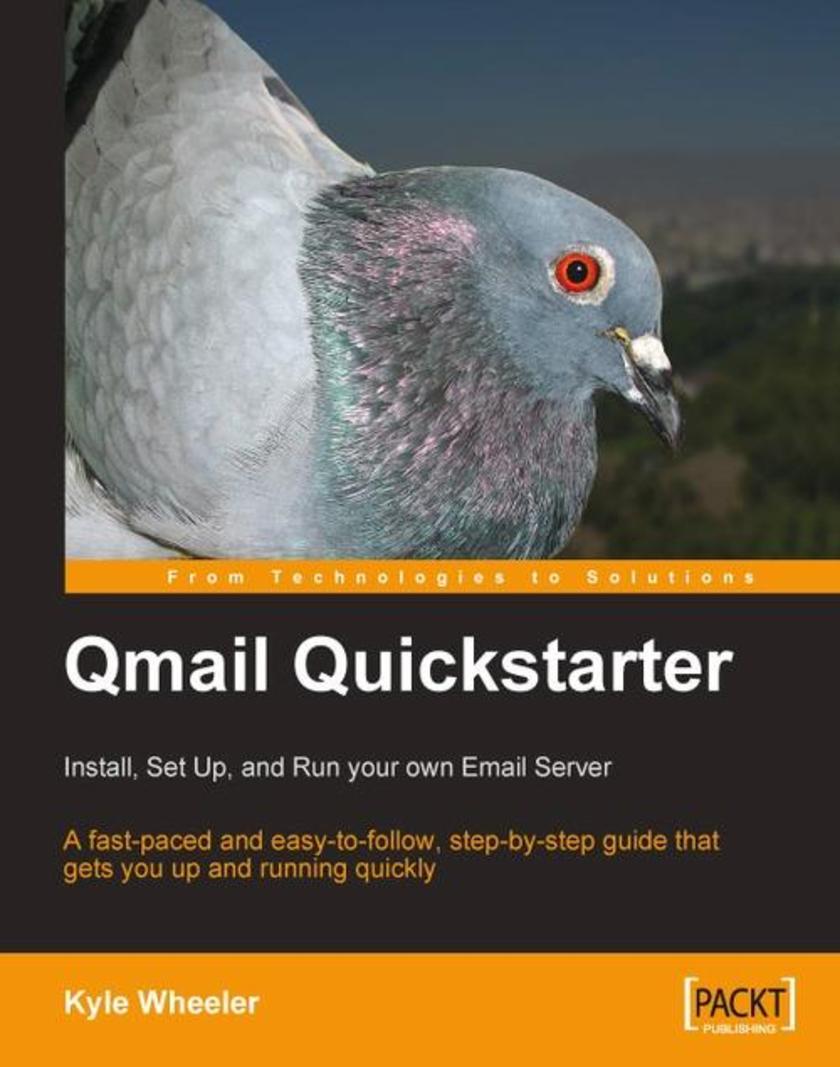
Qmail Quickstarter: Install, Set Up and Run your own Email Server
¥45.77
This book gives practical examples that system administrators can use right away, but it also explains the basics behind every example clearly. This book is targeted at System Administrators familiar with Linux/UNIX and DNS servers who need to set up qmail.
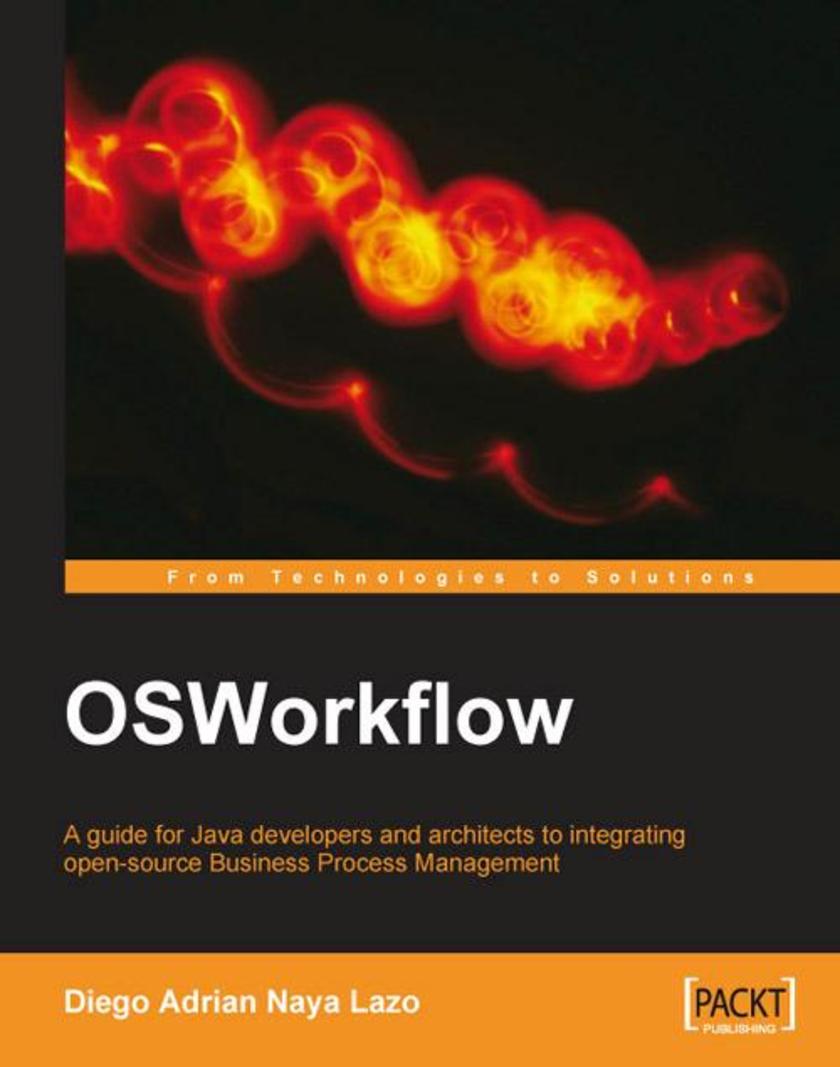
OSWorkflow: A guide for Java developers and architects to integrating…
¥90.46
This book gives step-by-step instructions on how to do things. The basics are explained first and then examples help to clarify and reinforce the principles. The book is aimed at experienced Java developers and system architects who want to develop complex Java applications using the OSWorkflow workflow engine. OSWorkflow is a flexible low-level workflow implementation for developers and architects; it is not a quick "plug-and-play" solution for non-technical end users.
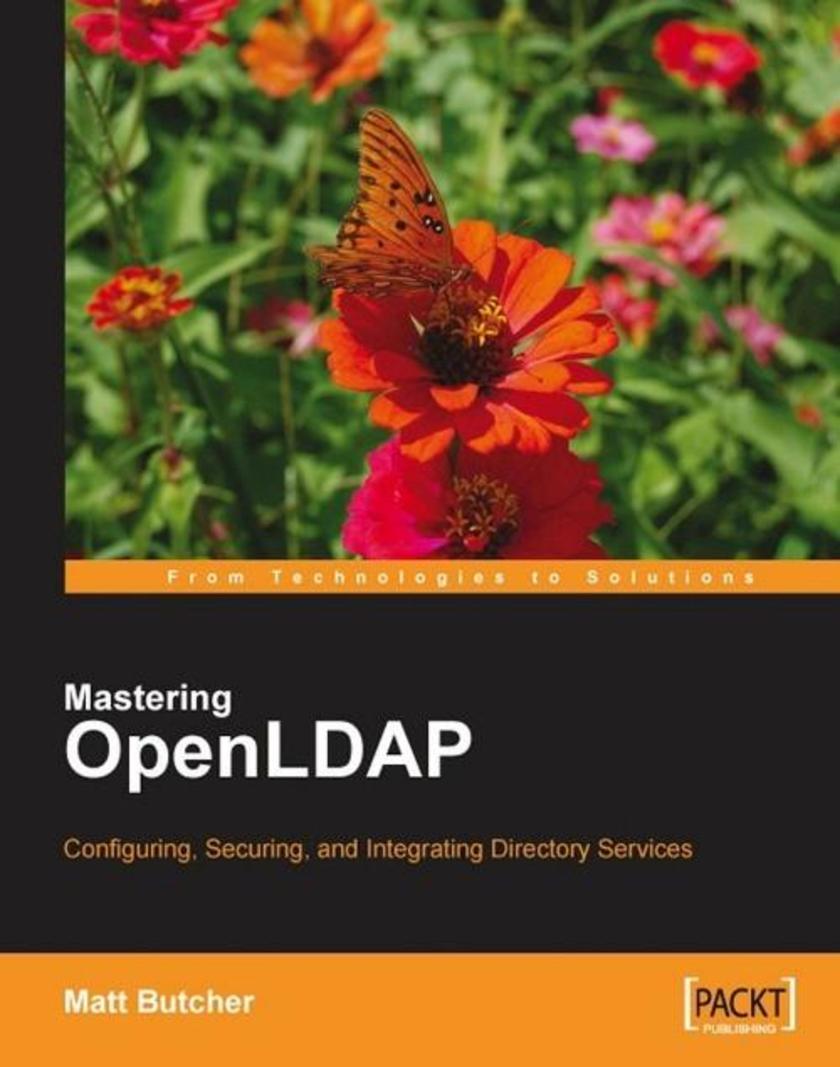
Mastering OpenLDAP: Configuring, Securing and Integrating Directory Services
¥90.46
This book has been written from the application developer's perspective, tackling the topics that will be most important to helping the application developer understand OpenLDAP, and get it set up as securely and quickly as possible. It shows how OpenLDAP interoperates with other UNIX/Linux services (DNS, NIS, Samba, etc.). The target audience will require basic Linux system administration knowledge, but no prior knowledge of LDAP or OpenLDAP is assumed. If you are web savvy and are interested in using OpenLDAP for web applications and services like client interaction then this is the book for you.
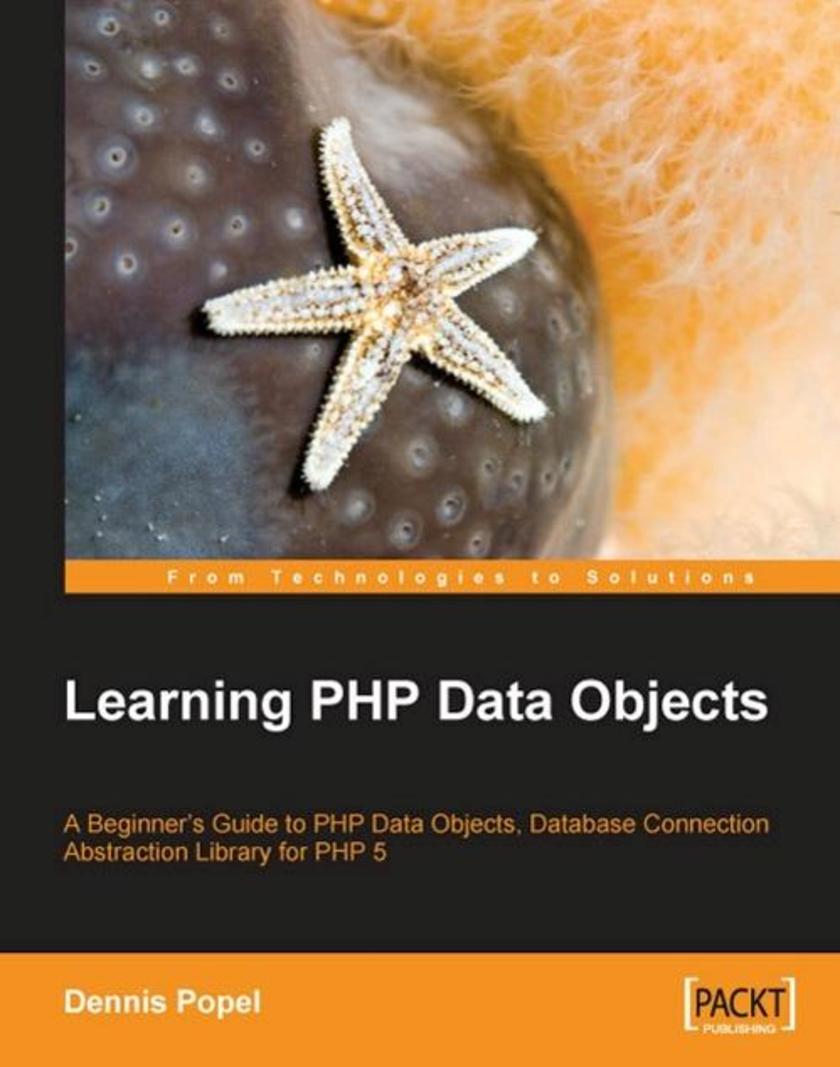
Learning PHP Data Objects
¥71.93
This book describes the topic first and then gives step-by-step instructions on how to go about a particular example. PHP developers who need to use PDO for data abstraction.
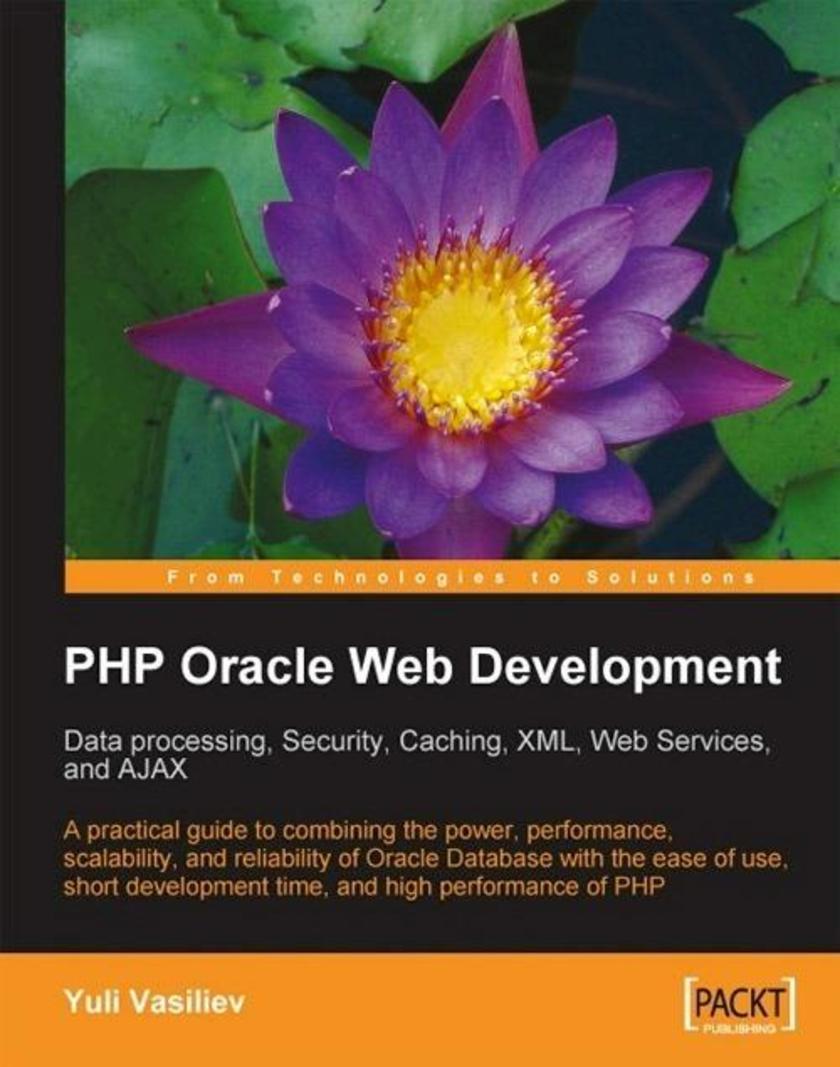
PHP Oracle Web Development
¥90.46
Through numerous examples, this book shows you how to build simple and efficient PHP applications on top of Oracle, efficiently distributing data processing between the Web/PHP server and Oracle Database server. Although this book covers only the most popular and up-to-date topic areas on the use of PHP in conjunction with Oracle, the author does not make any assumption about the skill level of the reader. Packed with information in an easy-to-read format, the book is ideal for any PHP developer who deals with Oracle.
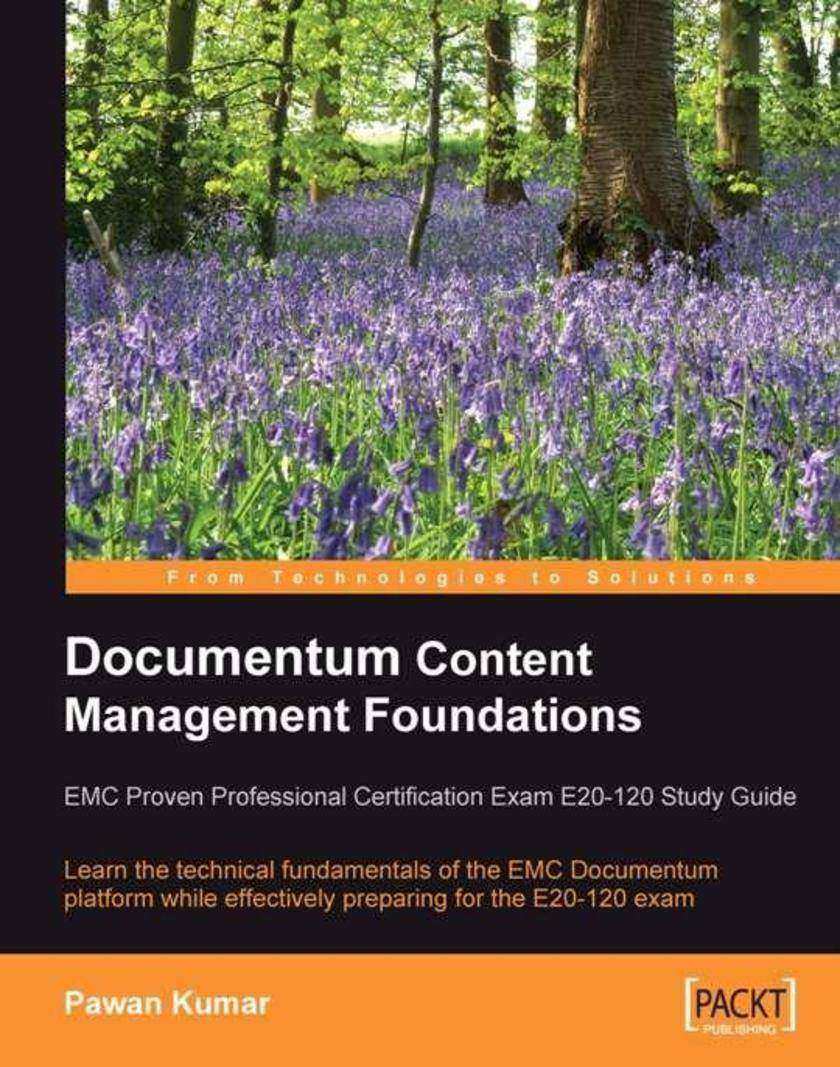
Documentum Content Management Foundations
¥107.90
This book discusses all the topics from the E20-120 Content Management Foundations exam syllabus and augments each topic with illustrated examples and practice questions. Two comprehensive full-length practice tests build the confidence needed to tackle the real exam successfully. By providing coherent, detailed, exam-focussed study material scrutinized by technical reviewers and plentiful practice questions this book goes far beyond dm-cram, at a fraction of the cost of EMC Training. This book is targeted at beginner and intermediate-level Documentum developers and professionals interested in learning the technical fundamentals of Documentum. The book focuses on preparing for the E20-120 exam, which makes it an ideal study guide for those taking the EMC Proven Professional Associate Level Certification in content management.

ODP.NET Developer’s Guide
¥90.46
This book uses many hands-on examples to show you how to use ODP.NET and Oracle Developer Tools from within Visual Studio 2005 to access Oracle Database 10g. The book is written for professional .NET developers who need to work with and take full advantage of Oracle Database 10g using Visual Studio 2005. Developers are expected to be familiar with Visual Basic.NET 2005 and have minimum knowledge of Oracle SQL and PL/SQL.
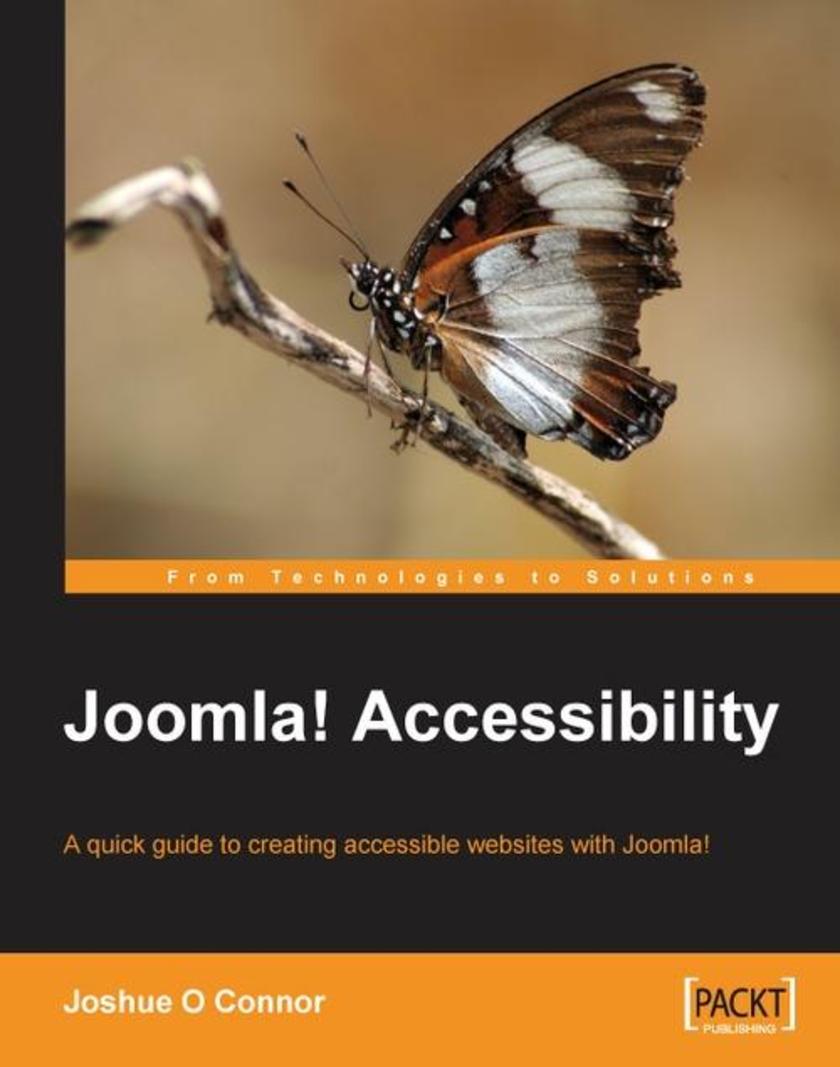
Joomla! Accessibility
¥54.49
Fast-paced and to-the-point, this book takes you through the important topics of Microsoft Dynamics NAV with clear explanations and practical example code. The book's selection of topics is driven by what the working developer needs to know in order to become productive as quickly as possible. The business applications software designer/developer who: Wants to become productive in NAV C/SIDE C/AL development as quickly as possible Understands business applications and the associated software Has significant programming experience Has access to NAV including at least the Designer granules, preferably a full development license and a standard Cronus demo database Is willing to do the exercises to get hands-on experience The Reseller manager or executive who wants a concise, in depth view of NAVs development environment and tool set The technically knowledgeable manager or executive of a firm using NAV that is about to embark on a significant NAV enhancement project The technically knowledgeable manager or executive of a firm considering purchase of NAV as a highly customizable business applications platform The reader of this book: Does not need to be expert in object-oriented programming Does not need to have previous experience with NAV
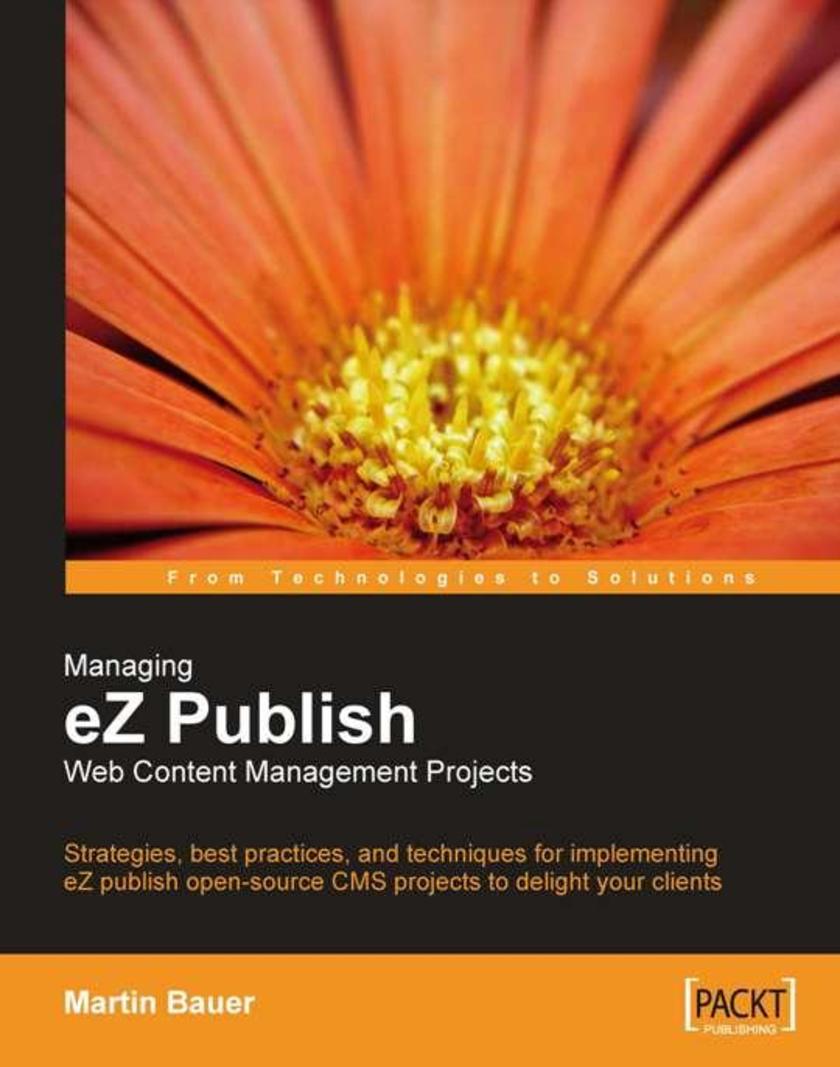
Managing eZ Publish Web Content Management Projects
¥107.90
This is a compact Administrators Guide. It is friendly, and contains plenty of step-by-step instructions for installation and configuration of Zimbra as well as useful references and checklists. Administrators working with Zimbra on Linux or Mac OS X. Administrators who want to set up Zimbra for use in small/medium businesses.




 购物车
购物车 个人中心
个人中心



